Culture
Why Teach Kids About Other Countries’ Flags and National Anthems Before the 2020 Tokyo Olympics?
Published
6 years agoon

In the lead up to the 2020 Tokyo Olympics and Paralympics, elementary and middle schools in the Koto Ward of Tokyo have started teaching students about the national flags and anthems of countries around the world on July 20th.
Koto Ward is set to play host to 19 Olympics and Paralympics sporting events, which is more than any other wards and cities. A representative of Koto Ward’s Board of Education emphasized the significance of the classes: “It is very important that we foster an attitude of respect and knowledge regarding the flags and anthems of other nations when welcoming people from around the world.”
The classes form part of Tokyo Prefecture’s “Global Friendship Project,” covering history and culture, while also promoting exchange. Countries and regions to be studied by each school are divided between schools in the ward. In the three years leading up to the games, all students from fourth year elementary school to third year middle school will participate in the flag and anthem classes.
The classes are organized by the chairman of the Research Institute of National Flags of the World, former flag specialist of the 1964 Tokyo Olympic Games Committee and Nagano Winter Olympic Games protocol advisor Tadamasa Fukiura, 76, and soprano singer Masako Shindo, 56, who is capable of singing the national anthems of over 70 nations.
Mr. Fukiura has contributed the following exposition on the challenges of national flags and anthems.
◇
The visiting lecture series, “Let’s listen to, sing, and learn about national flags and anthems,” has begun. The first talk was held on July 20th at Ohjima-nishi Middle School, Koto Ward in Tokyo, before the entire school of 383 students. The flag and national anthem of the Netherlands was discussed first—the school has been assigned to support the Netherlands in accordance with the Olympic’s “One School, One Country” Movement. Then, we discussed the flag and anthem of Canada, which is home to Koto Ward’s sister city, Surrey.

In three years’ time, at the Tokyo Olympics, Koto Ward is set to host 19 sports and events—the largest number for any municipality. Seeing this as an opportunity to foster international understanding, the Koto Ward Board of Education willingly accepted our proposal for the visiting lecture series. We will be carrying out guest visiting lectures at approximately 70 elementary and middle schools.
At the time of the 1964 Tokyo Olympics, I was only an undergraduate student. However, because of my writings and publications on national flags, I was invited to become the organizing committee flag specialist and spent around two years working there. Fortunately, during my commission, there were no mistakes or troubles in the flag designs. We were able to prevent any thefts and none of the flags were accidentally flown upside-down. Six years before, the Republic of China’s flag had been flown upside down at the medal ceremony of the Third Asian Games in Tokyo. This had traumatized the staff somewhat and so my superiors impressed upon me to “please avoid that at all costs.” Fortunately, when it was over, there was nothing aside from an enormous sense of satisfaction.

In fact, due to the pomp and circumstance of the Olympics, there have been issues with flags at most of the games. Many years ago, at the Amsterdam Games, when Mikio Oda became the first Japanese gold medalist to win the Triple Jump, the officials were unable to source a Japanese flag, and instead used one brought over from Japan, which was much bigger than the flags of the second and third place winners.
Then, last year, when I was at the Rio Olympics, I saw that there were issues with the design of the flag of the People’s Republic of China at the commemoration ceremony. Furthermore, the Russian and Chekoslovakian flags were flown upside-down.
The Chinese flag has one large yellow star symbolizing the Chinese Communist Party—along with four smaller stars representing the four citizen classes of worker, farmer, and so forth—forming an arc to its right, each rotated to point towards the main star. However, in Rio the smaller stars were all oriented upright—that is, the design was ignoring the communist party. China used diplomatic channels to launch vehement protests. Apparently, the flags for the Rio Olympics were ordered from an American company, which then subcontracted to a Chinese company. Clearly, quality control measures were inadequate. One can only pray that there will be no problems with national flags and anthems during the next Olympics held in Tokyo.
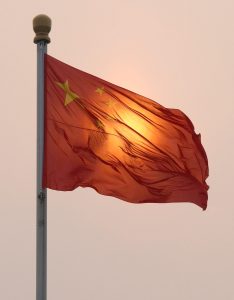
At the 1998 Nagano Winter Olympic Games, I was once again involved with the supplying and raising of flags, as games protocol adviser. The Japanese flag used in Nagano had a slightly larger center circle and a whiter background than the one at the 1964 Tokyo Olympics. This was because we decided that it would look better against the background of snow and ice during the games. At the time, this received favorable reviews in the media, but I questioned the wisdom of undertaking these kinds of changes at one’s own discretion.
The following year, as a witness at the Diet deliberations of the National Flag and Anthem Act, I stated, “Upon consideration, I believe that there is a need for the design to be strictly stipulated by law.” The act decided that, just like what I prepared for the 1964 Tokyo Olympic games, the “circle should be three-fifths of the flag.”
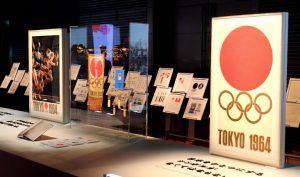
As symbols a country, the national flag and anthem fulfill a range of roles. However, despite the long-held tradition and use in the international community, within Japan that becomes a point for debate, raising objections over an alleged lack of agreement. This is highly regrettable. While respecting minority opinions is one of the founding principles of democracy, abiding by decisions decided by the majority, even if one holds a minority opinion, is one of the ruling principles of democracy.
The primary role of the national flag and anthem is to praise and pray for the continued prosperity of a nation and its people. On that point, the Japanese flag and anthem are truly superb. It is right to be proud that our national flag has a long tradition, a highly recognizable design, immense support of the people, and that our national anthem is by far the oldest of all national anthems.
The Japanese national anthem, “Kimi Ga Yo (His Imperial Majesty's Reign),” was composed by Irishman John Fenton, based on an original Satsuma Biwa (Japanese lute) tune. It took nine years to perfect the present version, for reasons such as, it was “difficult to sing for Japanese people at that time.” This is why the rhythm closely resembles the original, skillfully combining western and Japanese melodies to create a gentle, yet impressive song. It is natural that “You (Kimi)” should refer to the Emperor. The Emperor is the “Symbol of Japan,” and if the anthem is to be a “symbol of the united Japanese people,” then the song’s meaning can only be praising and praying for the eternal prosperity of our country, Japan, which is respecting and upholding Article 1 of the Consitution. Opinions which object to this are probably unconstitutional.

At Ohjima-Nishi Middle School, two pupils bound for short-term exchange in Canada beautifully sang the Canadian national anthem in English with Ms. Shindo, and afterwards all the students sang the Japanese national anthem together. I was delighted to see this first step toward international understanding. The national flag and national anthem are being successfully passed down to younger generations.
-279x300.jpg)
Born in Akita Prefecture in 1941 and later completing his graduate studies in political science at Waseda University. Tadamasa Fukiura served with the Tokyo Organizing Committee for the 1964 Olympics and was an advisor to the Organizing Committee for the 1998 Nagano Winter Games. He has been a professor at Saitama Prefectural University, vice president of the Association for Aid and Relief, Japan, and executive director for research at the Tokyo Foundation. Mr. Fukiura is now president of the Eurasia 21 Research Institute, author of Kokki de yomu sekai chizu (Reading the World Map Through National Flags), NGO kaigai borantia nyūmon (An Introduction to NGO Volunteer Activities Overseas), and other works.
(Click here to read the original article in Japanese.)
You may like
-


EDITORIAL | China Uses Asian Games to Advance Territorial Ambitions
-


Tokyo Olympics Leaves Legacy of Net-Zero Emissions for Greener Future
-


[Asia’s Next Page] Suga and Japan’s post-Pandemic Strategic Challenges in 2021
-


JAPAN Forward Streams The King’s Singers’ ‘Finding Harmony in Japan’ Starting October 24
-


A Year Before Tokyo Olympics, Japan Reports Biggest Surge in COVID-19 Cases So Far
-


South Korea Ramps Up Anti-Japan Propaganda Ahead of 2020 Tokyo Olympics




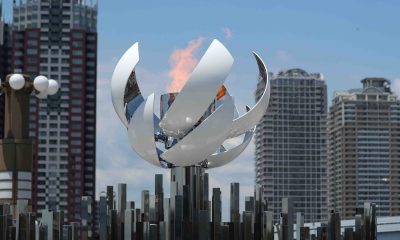



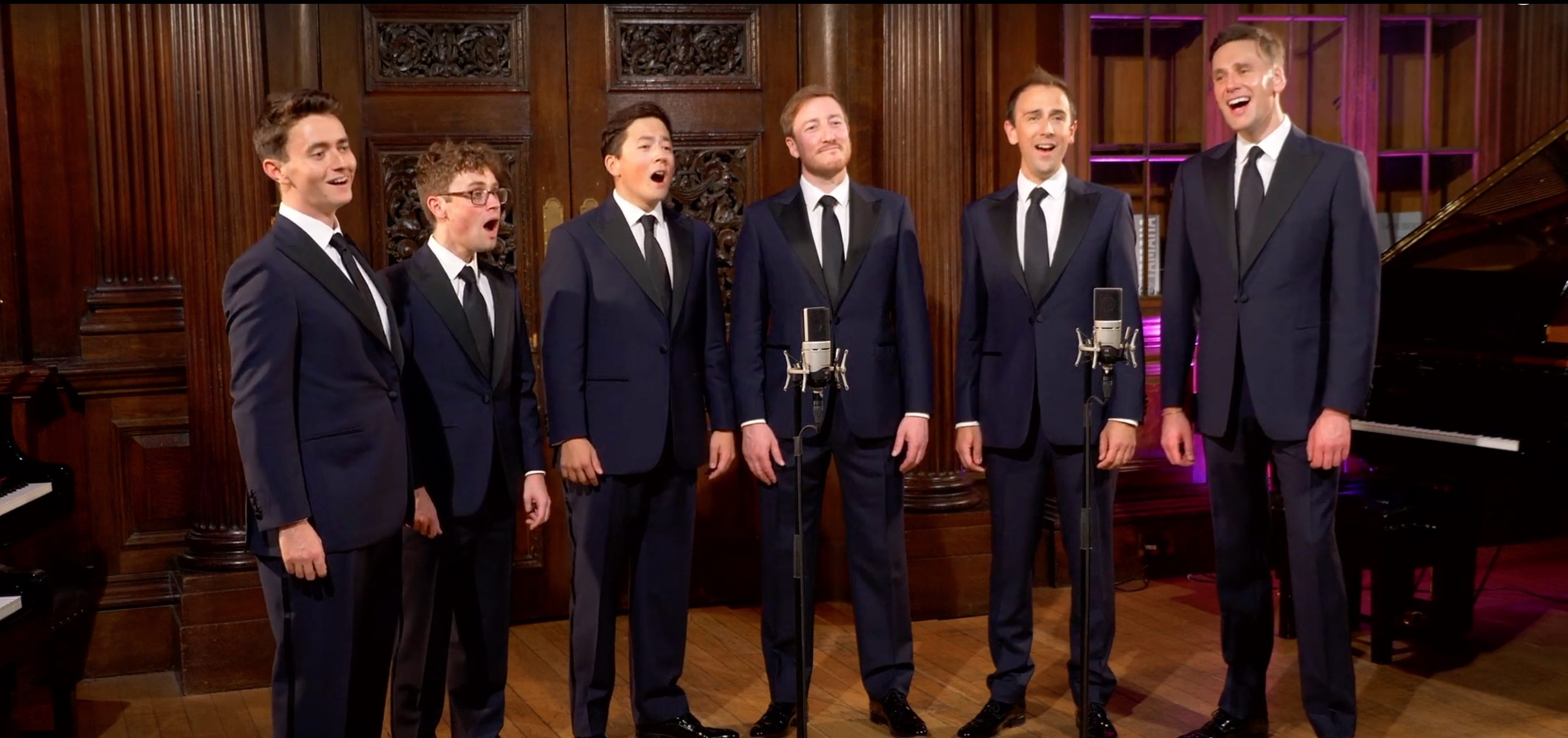
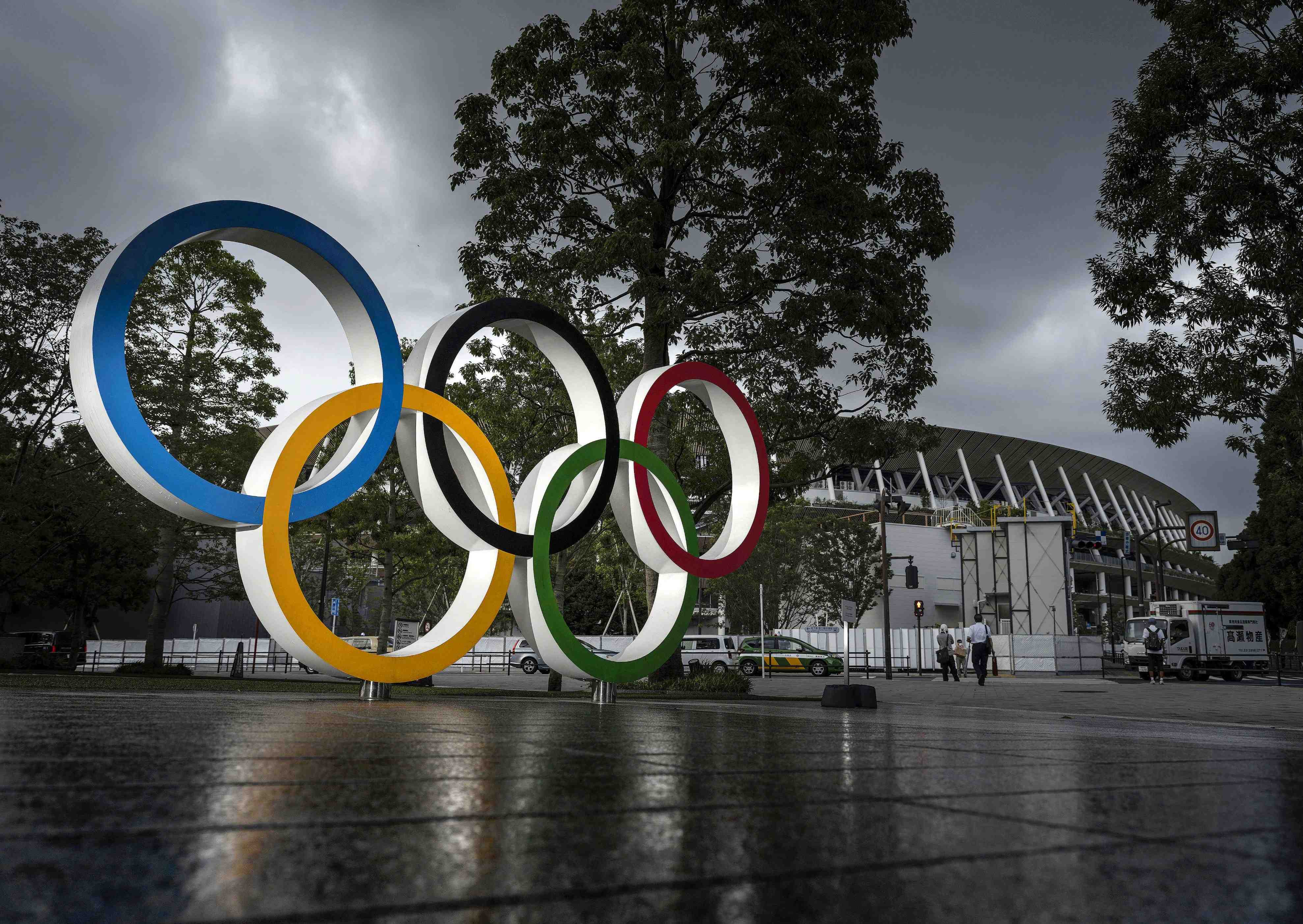
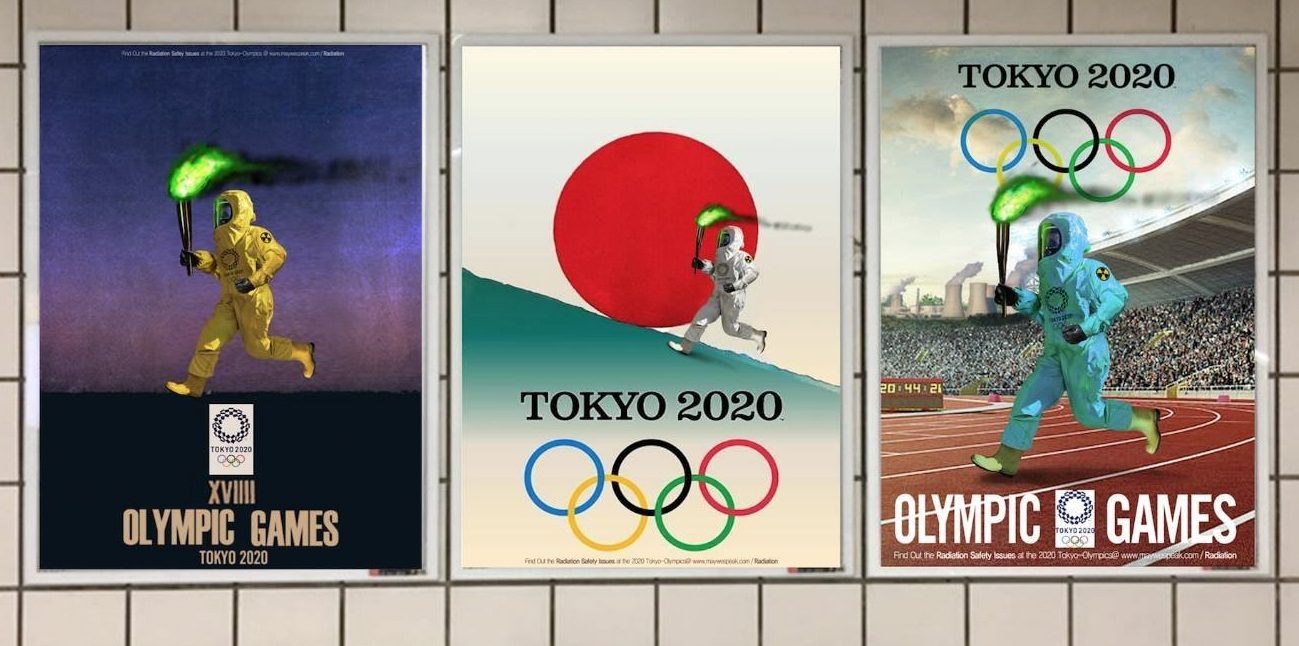


You must be logged in to post a comment Login